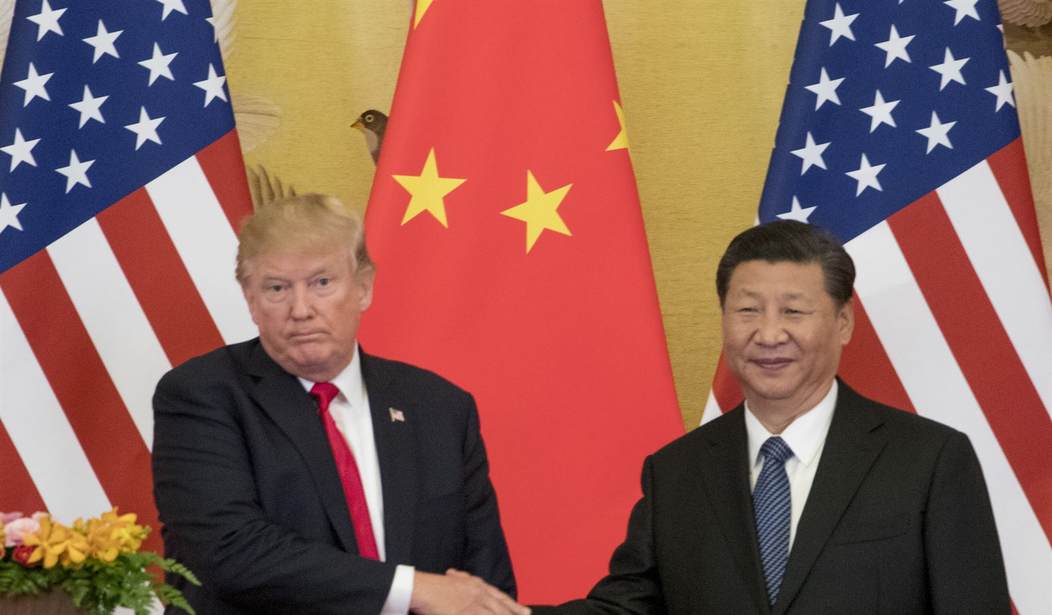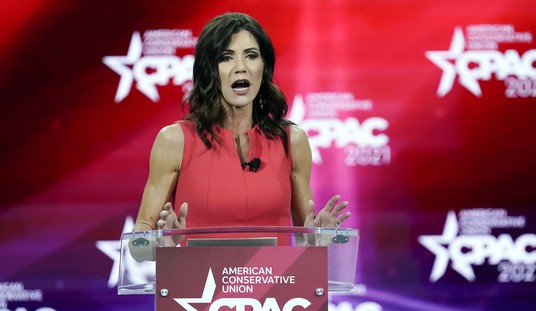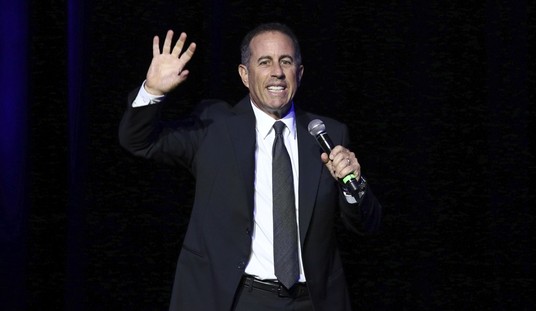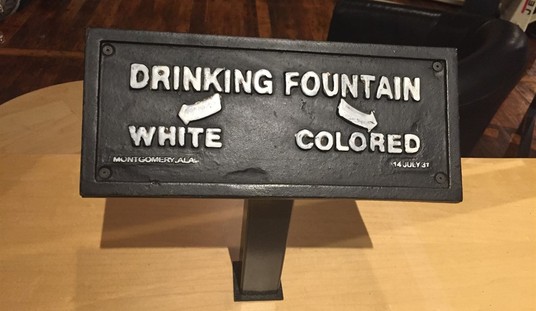Despite the recent evidence that the Republican National Committee sees no interest or value in having the candidates running for the 2024 nomination debate the issues Republican voters actually care about, or even debate each other one on one, in "The Trade War Was a Loser," former Senator Phil Gramm (R-TX) and George Mason University economics professor Donald J. Boudreaux recently jumped in on the issue of trade.
Indeed, trade policy goes to the very heart of the U.S. economy. It impacts the manufacturing sector, the energy and retail sector, the services sector, and even our own domestic producers of goods, regardless of whether they export the goods they produce or not. Moreover, trade policy can and does impact the general price level in the country and economic growth very much as well.
And so it is worthy of being debated, especially considering the recent economic data that Mr. Gramm and Mr. Boudreaux do us a great service by using their expertise in this area to lay out the data and, at least in this writer's opinion, do it free of the politics so often surrounding the issue. I do acknowledge however some will disagree with this view.
But first, a caveat of sorts. This column is in no way intended as an attack on the former president. The issue of trade is an issue that is worthy of debating because there are pros and cons associated with trade, including and perhaps especially as it relates to protectionist measures, well-intentioned as they are.
The broader and more important point is that the issue of trade and other matters just as important are not being debated in any meaningful way by the candidates seeking the GOP nomination. With one exception, that being the former president, the current field, as it relates specifically to trade, is somewhat of a mystery.
Your typical voter isn't going to visit a candidate's website and download a PDF of their policy positions. The key issues in the country, which include trade, need to be discussed and debated in public and on a variety of media platforms. So let's get at it.
According to Gramm and Boudreaux, while the 2018 tax cuts and regulatory rollbacks stimulated the American economy, the imposition of protectionist trade measures had the opposite effect, stunting the economic growth that had been observed in previous years.
They highlight that in 2019, the first full year of the tariffs, the growth rate fell to 2.3 percent, in line with estimates from the Congressional Budget Office and the Federal Reserve.
The focus of their analysis is on the steel and aluminum tariffs imposed in July 2018, noting that the number of additional jobs created in these industries was minimal compared to the jobs lost in manufacturing sectors that relied on these metals for what economists refer to as "inputs." They explain that technological advancements significantly reduced the labor required for producing steel and aluminum, resulting in limited job creation.
For every American employed making steel or aluminum in 2018, 36 were employed by firms that used steel or aluminum as inputs. By raising the prices of these metals, Mr. Trump’s tariffs destroyed far more manufacturing jobs than they created. Overall manufacturing employment fell in each of the four quarters of 2019 and in the first quarter of 2020, leaving the pre-pandemic level of manufacturing employment lower than when Mr. Trump took office.
One of the more incredible statistics they cite is that in 1980, it took 10.1 workers to produce a ton of steel. Today, that number has fallen to 1.5 workers per ton of steel produced, due to innovation, technology, and other productivity improvements.
And this, of course, explains how the higher costs of steel, aluminum, and Chinese component parts resulting from the tariffs, combined with foreign retaliation, led to a reduction in the demand for American exports. This, in turn, caused a decline in the annual rate of growth in manufacturing output, which reached a post-Great Recession low in the first quarter of 2019. They argue that, under the protectionist policies, total manufacturing output was lower by the start of the pandemic than it was when the tariffs were initially raised.
A common talking point surrounding any discussion of free trade is the issue of the trade deficit. Gramm and Boudreaux refute the notion that protectionist policies lead to reductions in the trade deficit. They argue that tariffs and quotas drive up the value of the dollar, making American exports less attractive and reducing the supply of U.S. dollars in the world currency market. This, they say, in turn leads to lower employment in industries where the U.S. is most efficient and competitive while increasing employment in less efficient industries.
Those presidential candidates who believe protectionism makes the economy less efficient, less productive, and less prosperous should stand up and say so. Otherwise, the only candidate in the race talking about trade policy is making the case for protectionist trade policies. And this is an important debate to have.
In addressing the former president's view that trade deficits represent a "hemorrhaging of America's lifeblood," Gramm and Boudreaux provide historical evidence to the contrary. They note that the U.S. ran chronic trade deficits from the settlement of Jamestown until World War I, during which time the nation became the most prosperous in history through foreign capital and labor.
History supplies ample proof that trade deficits don’t harm the economy. From the settlement of Jamestown in 1607 until World War I, the U.S. ran chronic trade deficits. Foreign capital, principally from Britain, and labor from all over the world came together in America and gave birth to the most prosperous nation in history.
They also highlight that the Smoot-Hawley tariff and the subsequent collapse of the world's trading system were major contributors to the Great Depression.
Contrary to the beliefs of protectionists, Gramm and Boudreaux argue persuasively that trade deficits can be beneficial. They explain that foreign investment in the U.S. economy reflects confidence in its prospects and contributes to its economic strength and entrepreneurship.
They also stress that foreign investments fund new businesses, support research and development projects, and facilitate worker training. The unavoidable lesson from the Gramm and Boudreaux analysis is that protectionism harms economic freedom and prosperity, whereas embracing free trade fosters a dynamic and prosperous economy.
So let the debate begin!













Join the conversation as a VIP Member